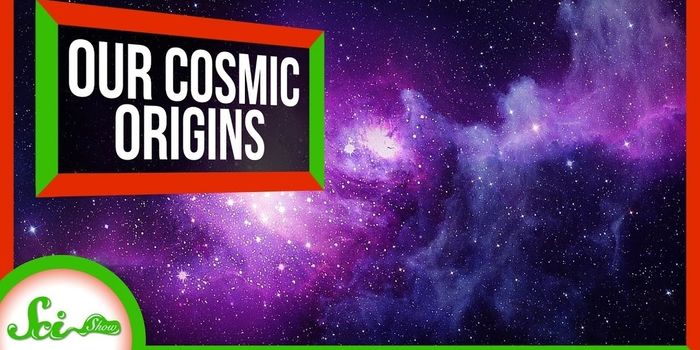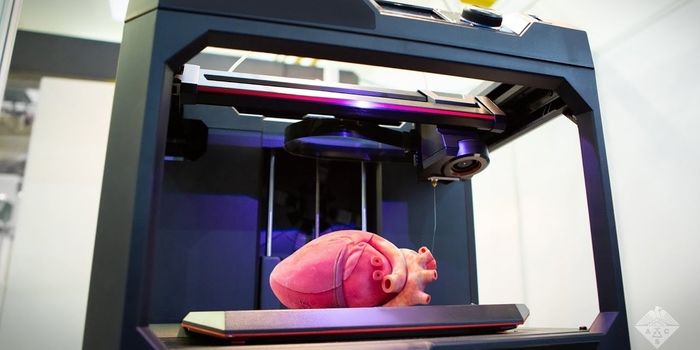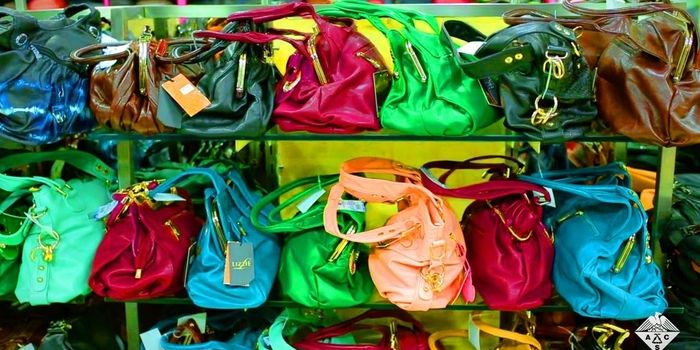Labeling on health and beauty products and cosmetics are important. People need to know what is in the cream they put on their face, or the sunscreen they use on their children. While some labels have become very trendy, they are still supposed to be about ingredients, not marketing. One label that is seen often is hypoallergenic. It's supposed to mean that it's less likely to cause an allergic reaction, and many people choose these products for that reason. But it's not always accurate.
According the US Food and Drug Administration, having "hypoallergenic" on the label is about selling a product, not about science. The FDA initially wanted the term to be used only when a product had been proven to actually be something that would not cause an allergic reaction in most people. Manufacturers lobbied hard against the costs they would incur in testing and won. Hypoallergenic on a label literally means nothing, scientifically speaking. A recent study of over 185 children's products labeled hypoallergenic tells a different story. Looking for 80 common molecules that are known to cause allergic reactions in many people, the study found that 89% of these products contained at least one chemical known to cause a rash. 11% of the products contained five chemicals known to trigger allergies. A separate 11% of the tested products contained methylisothiazolinone, which is a big word for a preservative named the "Contact allergen of the year" in 2013. Keep checking labels, but be aware, "hypoallergenic" just isn't a thing.








